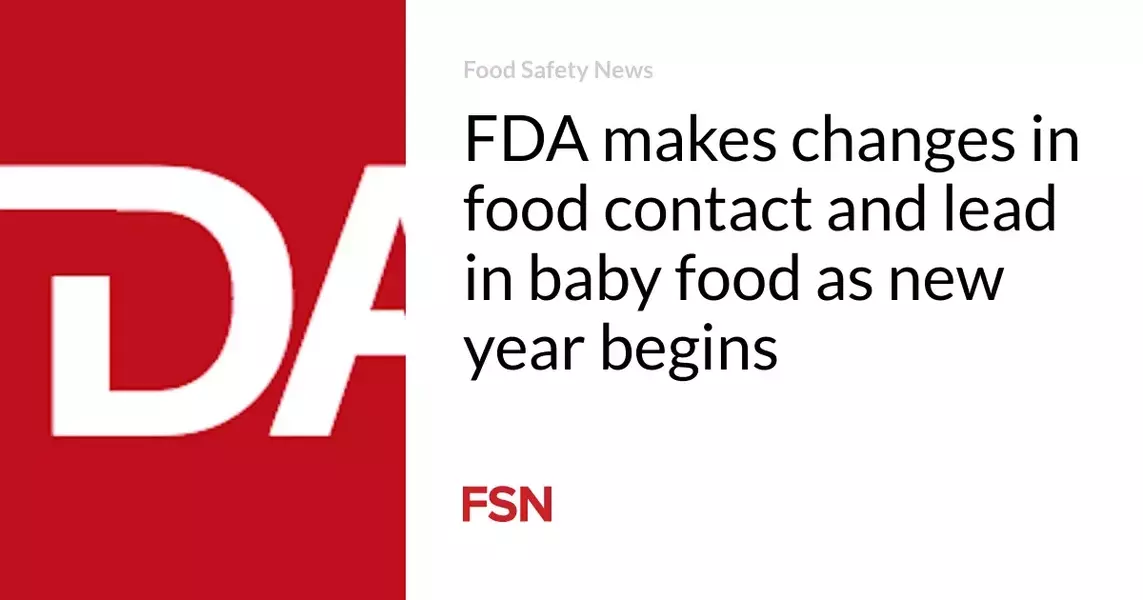New Year Brings Regulatory Changes for Food Safety and Lead Levels in Baby Products

As the new year begins, significant regulatory adjustments have emerged concerning food safety and the permissible lead levels in baby food. The Food and Drug Administration (FDA) has taken proactive measures to enhance public health standards. These changes aim to provide consumers with safer products by tightening regulations on substances that come into contact with food and setting stricter limits on contaminants like lead in baby food. This initiative reflects a commitment to improving food safety protocols and safeguarding vulnerable populations.
Regulatory Updates for Enhanced Food Safety Standards
In the early days of the new year, amidst the crisp winter air, the FDA introduced several important modifications to ensure the safety of food products, particularly those intended for infants. Recognizing the unique vulnerabilities of young children, officials focused on reducing exposure to harmful elements such as lead. The agency established more stringent guidelines regarding materials used in packaging and processing foods. Additionally, they implemented lower tolerance levels for lead content in baby food items. These actions underscore a dedication to protecting public health through rigorous oversight and regulation.
From a reader's perspective, these updates are reassuring. It is heartening to see governmental bodies actively addressing potential risks associated with everyday products. Such measures not only bolster consumer confidence but also set a higher benchmark for manufacturers. Ultimately, these efforts contribute to creating a safer environment for all, especially our youngest community members.